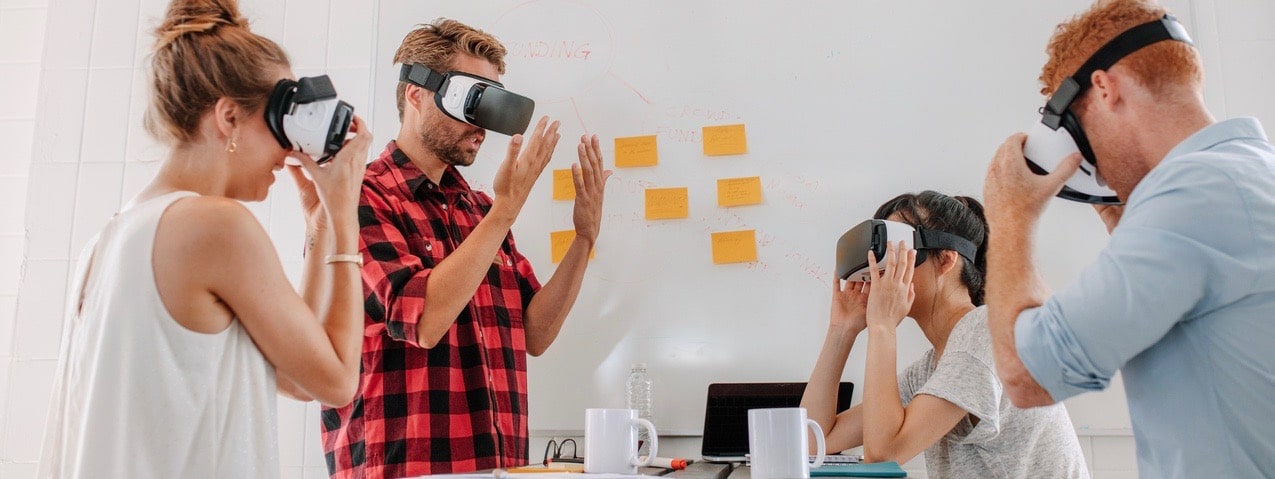A general rule when it comes to human nature is that people tend to be pretty reactive. It’s difficult convincing yourself to change when you don’t see any reason to. On the flip side of things, it’s easy to look back with the benefit of hindsight and say “Of course I should’ve invested in Google when it was trading at $40 a share.” Being proactive simply isn’t in our nature. It takes a certain amount of fear or positive reinforcement to influence us.
While innovations in virtual reality have been at the periphery of media attention in the last few years, 2017 feels like the year where VR has hit the mainstream. It’s been touted as a major force for selling everything from whiskey to vacation packages. Clearly there’s an advantage to bringing consumers into a world that’s tastefully crafted to push the right buttons and get them to do what you want.
One of the major setbacks to incorporating VR into your company’s sales pitch is that the cost is simply too high. Quality VR headsets such as the HTC Vive fetch close to $800, and writing a VR software code is no easy task. A boutique software development firm will charge anywhere in the range of $15,000-$25,000 to develop an augmented or virtual reality shopping experience—not exactly the spare change lying around in your pocket. Luckily, it will get cheaper as time passes. The VR headset will go the way of 1080p HD televisions and become affordable given a few years to develop. By the time it does get cheaper, you can bet your competitors will have figured out a way to entice customers to buy from them instead.
Of course, this new technology has more potential than merely getting people to buy X, Y or Z. It’s about branding. Companies like Audi are experimenting with virtual reality driving simulators that put potential customers right behind the wheel of the latest model—the sort of thrilling experience that’s bound to drive a lot of organic, exciting social media buzz. And the success of augmented reality games such as Pokemon Go makes it clear that a strong emotional appeal plus a killer user experience is enough to make an entire demographic addicted to your product.
The reason why virtual reality has such game-changing potential is because it can tap into the rewards center of the brain and basically let users live out their fantasies. Whether that’s trying on a pair of designer shoes in a virtual fashion boutique or checking out the view from a master suite aboard a virtual cruise liner, building a sexy brand that connects with customers will give companies a new way to connect with their customers.
We’re already beyond the point of skepticism—as this infographic from Red Stag Fulfillment shows, the VR revolution is here and major brands are already getting on board. When will your company join them?








